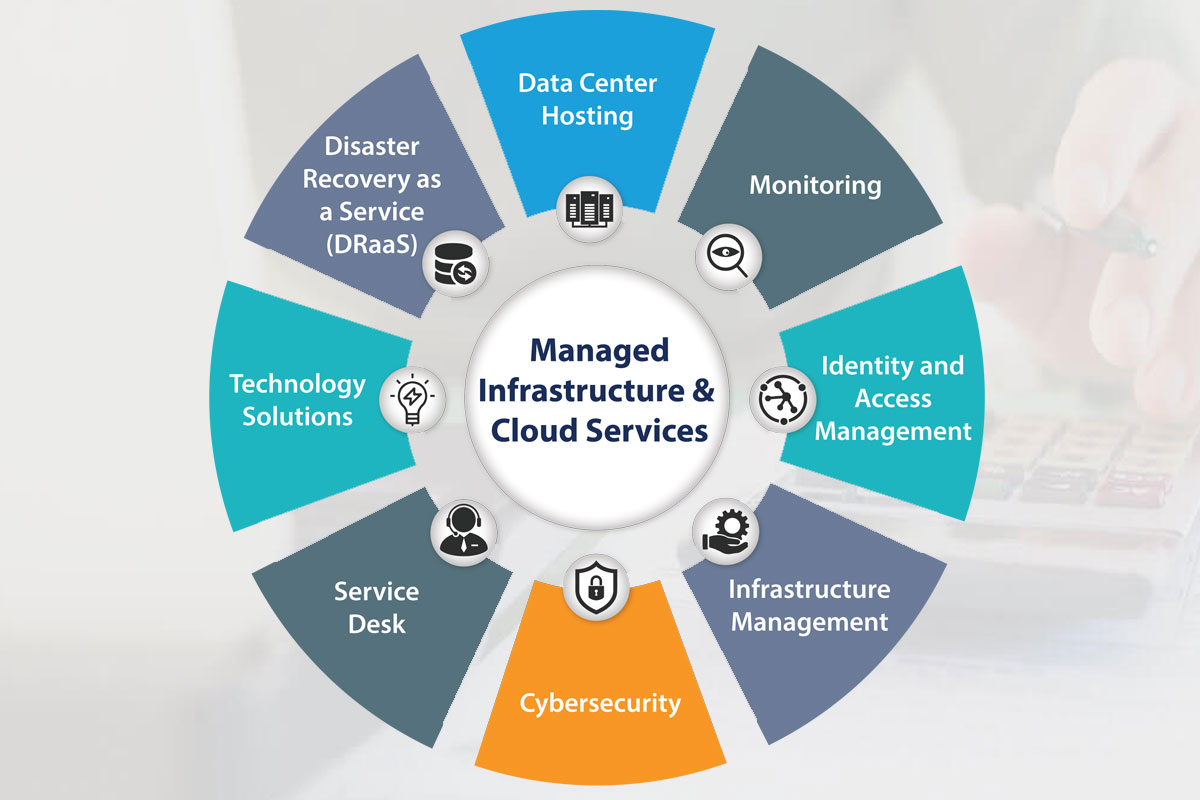End-user computing : End-user computing (EUC) refers to systems in which non-programmers can create working applications. EUC is a group of approaches to computing that aim to better integrate end users into the computing environment. These approaches attempt to realize the potential for high-end computing to perform problem-solving in a trustworthy manner. End-user computing can range in complexity from users simply clicking a series of buttons, to writing scripts in a controlled scripting language, to being able to modify and execute code directly. However, there is a lot more to EUC and its related technology, virtual desktop infrastructure (VDI), which essentially hosts desktop environments on a central server. It is considered a form of desktop virtualization.

Structure Cabling : In telecommunications, structured cabling is building or campus cabling infrastructure that consists of a number of standardized smaller elements (hence structured) called subsystems. Structured cabling components include twisted pair and optical cabling, patch panels and patch cables. Structured cabling is an organized approach to cabling infrastructure. Although it may seem backward, to fully understand this concept it is easiest to look at what structured cabling isn't. In many data centers, the cabling methodology used is defined as "point-to-point". That method runs patch cables (or "jumpers") directly to and from the hardware that needs connectivity. In a structured cabling system, a series of patch panels and trunks are used to create a structure that allows for hardware ports to be connected to a patch panel at the top of the rack.
Database Server : It is similar to data warehouse where the website store or maintain their data and information. A Database Server is a computer in a LAN that is dedicated to database storage and retrieval. The database server holds the Database Management System (DBMS) and the databases. Upon requests from the client machines, it searches the database for selected records and passes them back over the network.
File Server : In the client/server model, a file server is a computer responsible for the central storage and management of data files so that other computers on the same network can access the files. A file server allows users to share information over a network without having to physically transfer files by floppy diskette or some other external storage device. Any computer can be configured to be a host and act as a file server.
Network : A network is a collection of computers, servers, mainframes, network devices, peripherals, or other devices connected to one another to allow the sharing of data. An example of a network is the Internet, which connects millions of people all over the world. To the right is an example image of a home network with multiple computers and other network devices all connected.